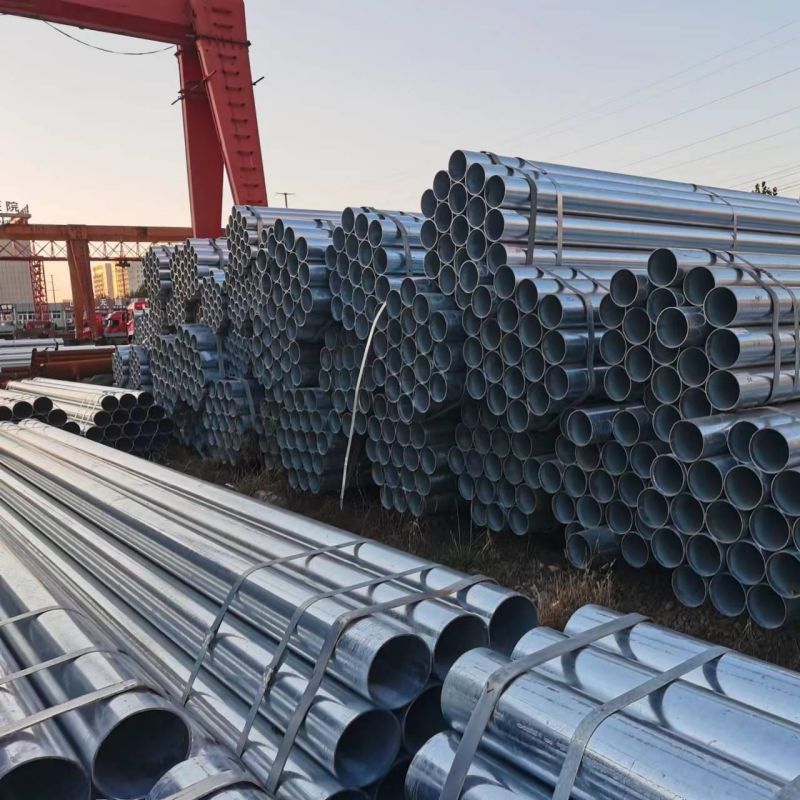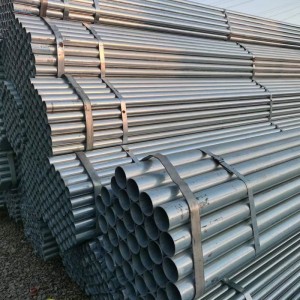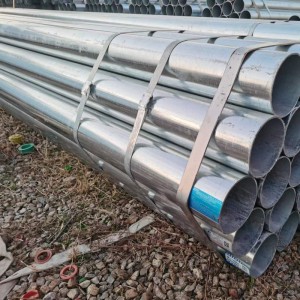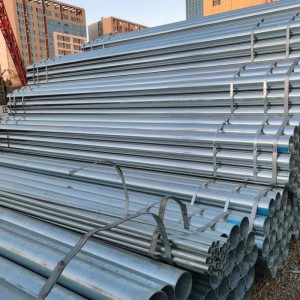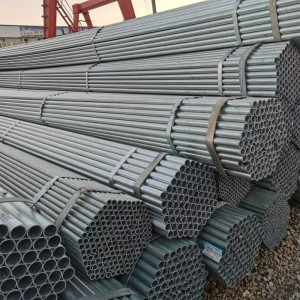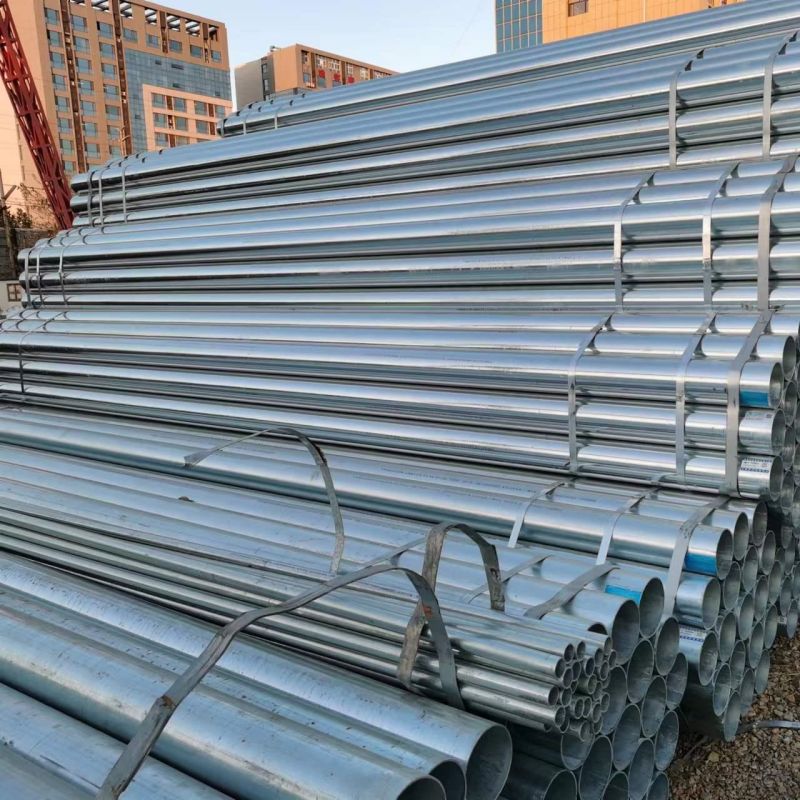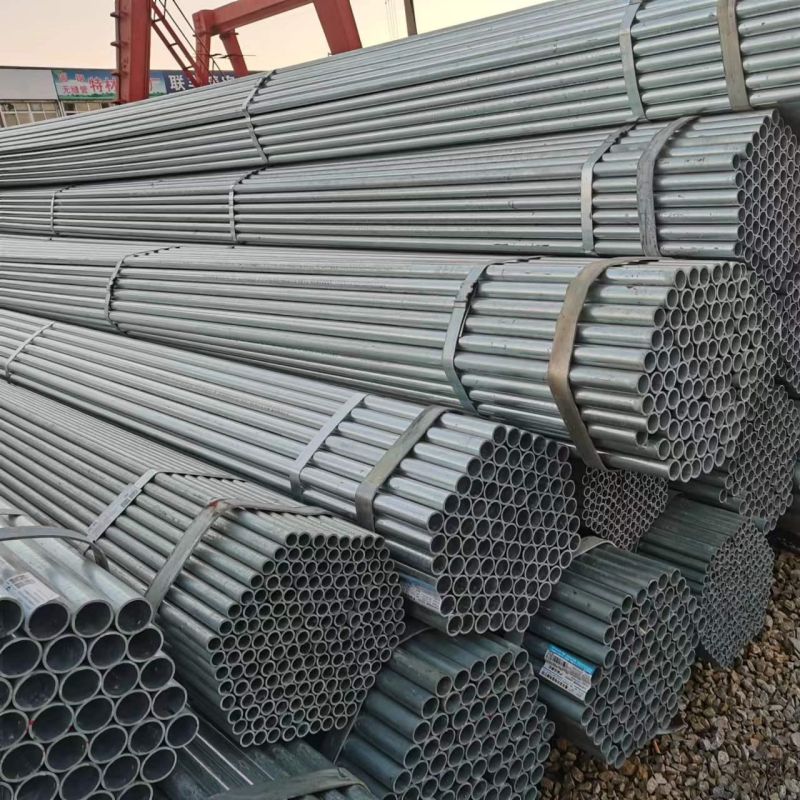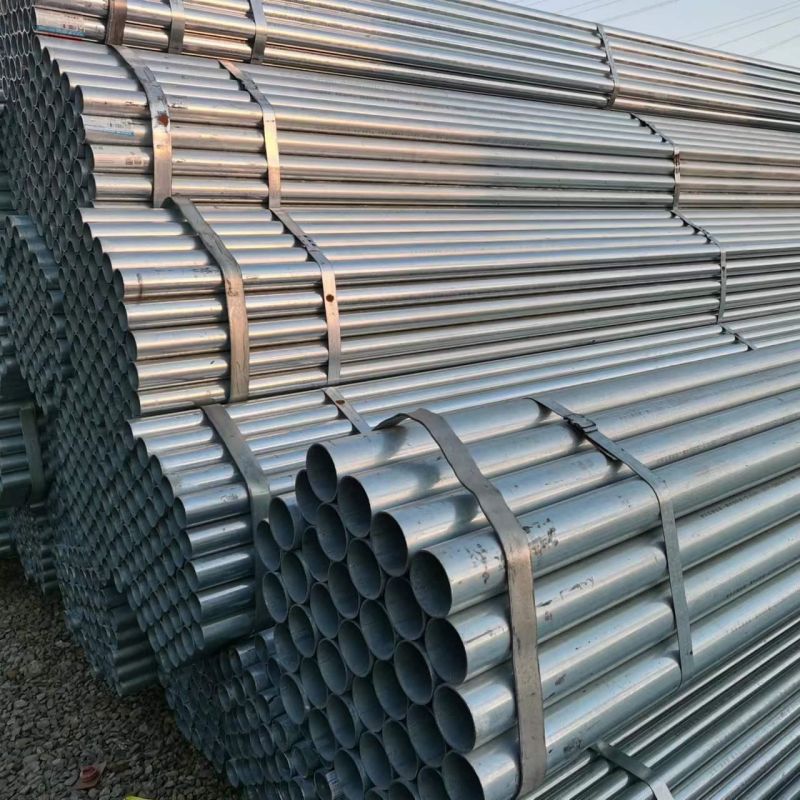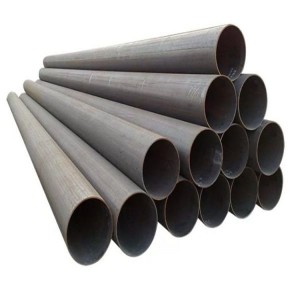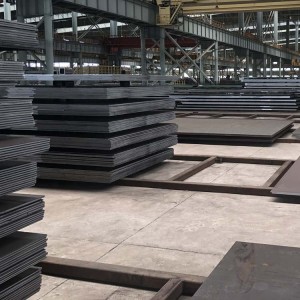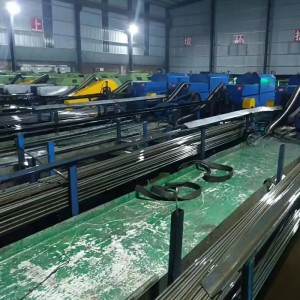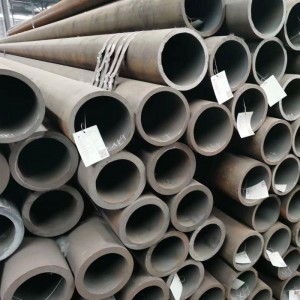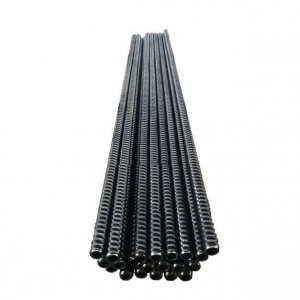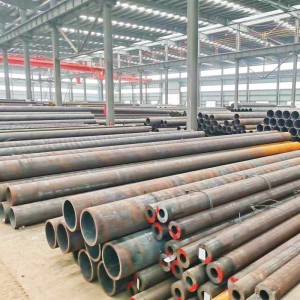Galvanized steel pipe can be welded using traditional electric arc welding. There is not much difference in the mechanical properties of the welding on a galvanized and non-galvanized steel pipes if the welding is done properly.
Galvanized pipes are commonly spot welded or resistance welded using special electrodes that minimizes sticking to the work-piece. Firstly, correct welding material is the key factor to get the flawless joint with good mechanical performance. J421、J422、J423 are the ideal rod hands down for galvanized steel. Secondly, remove the Zn coating before starting welding. Grind off the coating on the weld area plus 1/2-inchc zinc coating, and it melted and smeared into the ground area. Wet that area with spray-on penetrating oil. Using a new, clean grinder to remove the galvanized layer.
After finishing the preparation of protective and anti-corrosion measures, you can carry out the welding. Welding is a high temperature operation and welding galvanized pipe releases a hazardous green fume. Be attention, this fume is really toxic to human! If breathed, this will give you severe headache, poison your lungs and brain. So one need to use respirator and exhausts during welding and make sure you have excellent ventilation and also consider a particle mask.
Once the zinc coating at the welding area is damaged. Painting the welding area with some zinc rich paint. In practice application, the galvanized steel pipe with a diameter of less than or equal to 100mm shall be connected by thread, and the damaged galvanized layer and the exposed thread part during the connection shall be antiseptic treatment. Galvanized steel pipe with a diameter greater than 100mm shall be connected by flanges or blocking pipe fittings, and the welding part of pipe and flange shall be galvanized again.
